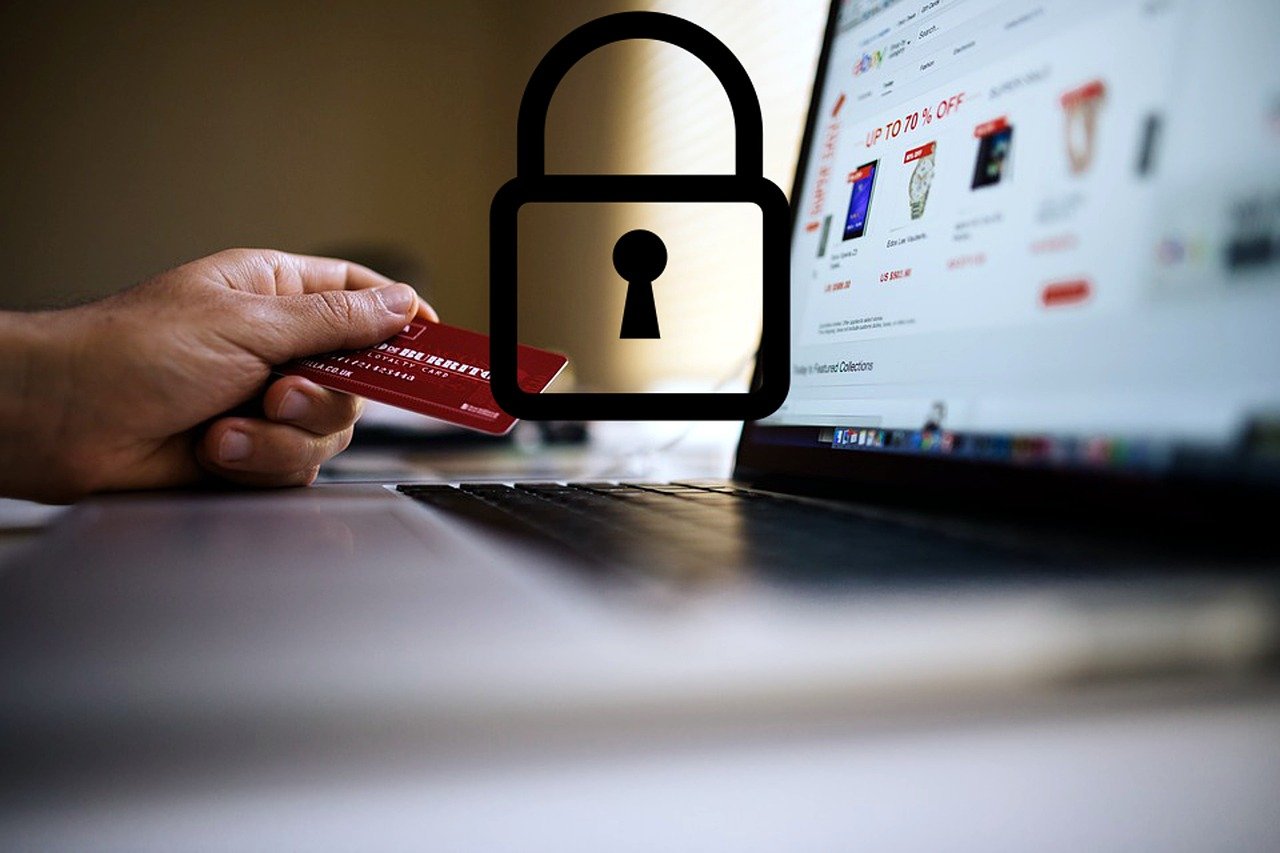In the digital age, online shopping has become a common practice for consumers worldwide. However, with the convenience of eCommerce comes the responsibility of ensuring that payment processes are secure. Implementing a secure payment system is not just about protecting sensitive data; it’s about building trust with your customers and maintaining the integrity of your business. In this blog, we will explore best practices for implementing secure payment systems on eCommerce websites.

Table of Contents
Toggle1. Choose the Right Payment Gateway
Selecting a reliable payment gateway is crucial for secure transactions. Here are some factors to consider:
- Reputation and Reliability: Opt for well-known payment gateways such as PayPal, Stripe, or Authorize.Net. These platforms are trusted by consumers and have established security protocols.
- Encryption Standards: Ensure that the payment gateway complies with industry standards like PCI DSS (Payment Card Industry Data Security Standard) and offers encryption technologies such as SSL (Secure Socket Layer) to protect sensitive information.
- Multiple Payment Options: Provide various payment methods (credit/debit cards, e-wallets, bank transfers) to cater to different customer preferences while ensuring each option is secure.
2. Implement SSL Certificates
An SSL certificate is essential for encrypting data transmitted between your website and users. Here’s why SSL is vital:
- Data Protection: SSL encrypts sensitive information, such as credit card numbers and personal details, preventing unauthorized access during transmission.
- Trust and Credibility: Websites with SSL certificates display HTTPS in the URL, reassuring customers that their information is secure. This builds trust and encourages transactions.
- SEO Benefits: Search engines prioritize secure websites in search rankings, enhancing your site’s visibility.
3. Utilize Tokenization
Tokenization replaces sensitive payment information with a unique identifier or token. This method offers several advantages:
- Reduced Risk of Data Breaches: Even if a hacker gains access to the token, it is useless without the original data, reducing the risk of fraud.
- Simplified Compliance: Tokenization helps businesses comply with PCI DSS regulations by minimizing the handling of sensitive data.
- Improved Customer Experience: Tokenization can streamline future transactions, allowing for faster checkouts while maintaining security.
4. Implement Strong Authentication Mechanisms
Strong authentication mechanisms are crucial for preventing unauthorized access to user accounts. Consider the following:
- Two-Factor Authentication (2FA): Require customers to provide a second form of verification (e.g., a code sent to their mobile device) during the payment process. This adds an extra layer of security.
- Biometric Authentication: Utilize fingerprint or facial recognition technology for mobile apps, enhancing security and providing a seamless user experience.
5. Regularly Update Software and Security Protocols
Keeping your website’s software and security protocols up to date is essential for protecting against vulnerabilities:
- Update Payment Processing Software: Regularly check for updates and patches for your payment processing software to address potential security flaws.
- Monitor Security Standards: Stay informed about the latest security standards and protocols in the payment industry to ensure your system remains compliant.
- Conduct Regular Security Audits: Perform routine security audits to identify vulnerabilities and weaknesses in your payment system. Address any issues promptly.
6. Educate Your Customers
Informing your customers about secure payment practices can significantly reduce fraud and enhance their confidence in your eCommerce site:
- Promote Awareness: Use your website and marketing materials to educate customers about the importance of secure payment practices, such as recognizing phishing attempts and protecting their passwords.
- Transparent Policies: Clearly outline your security policies, including how you protect their data and the measures in place to prevent fraud.
7. Monitor Transactions for Suspicious Activity
Implementing fraud detection tools can help you monitor transactions for any suspicious activity:
- Set Alerts for Unusual Transactions: Use algorithms that flag transactions based on specific criteria, such as unusually high amounts, mismatched billing addresses, or rapid-fire purchases.
- Review and Investigate Suspicious Activities: Establish a process for reviewing flagged transactions and investigating suspicious activities to protect both your business and your customers.
8. Offer Secure Payment Options
Consider providing payment options that inherently offer additional security features:
- Digital Wallets: Encourage customers to use digital wallets like Apple Pay or Google Pay, which provide added security through tokenization and biometric authentication.
- Buy Now, Pay Later Services: Integrate services like Afterpay or Klarna, which allow customers to make purchases securely and pay in installments, reducing the risk of fraud.
Conclusion
Implementing secure payment systems on eCommerce websites is crucial for protecting sensitive customer information and building trust. By following these best practices—choosing reliable payment gateways, implementing SSL certificates, utilizing tokenization, and employing strong authentication mechanisms—you can create a secure payment environment that enhances the customer experience. Regularly updating software, educating customers, and monitoring transactions for suspicious activity are also vital components of a robust security strategy. With these practices in place, you can ensure that your eCommerce business thrives in a secure and trustworthy environment.


No responses yet